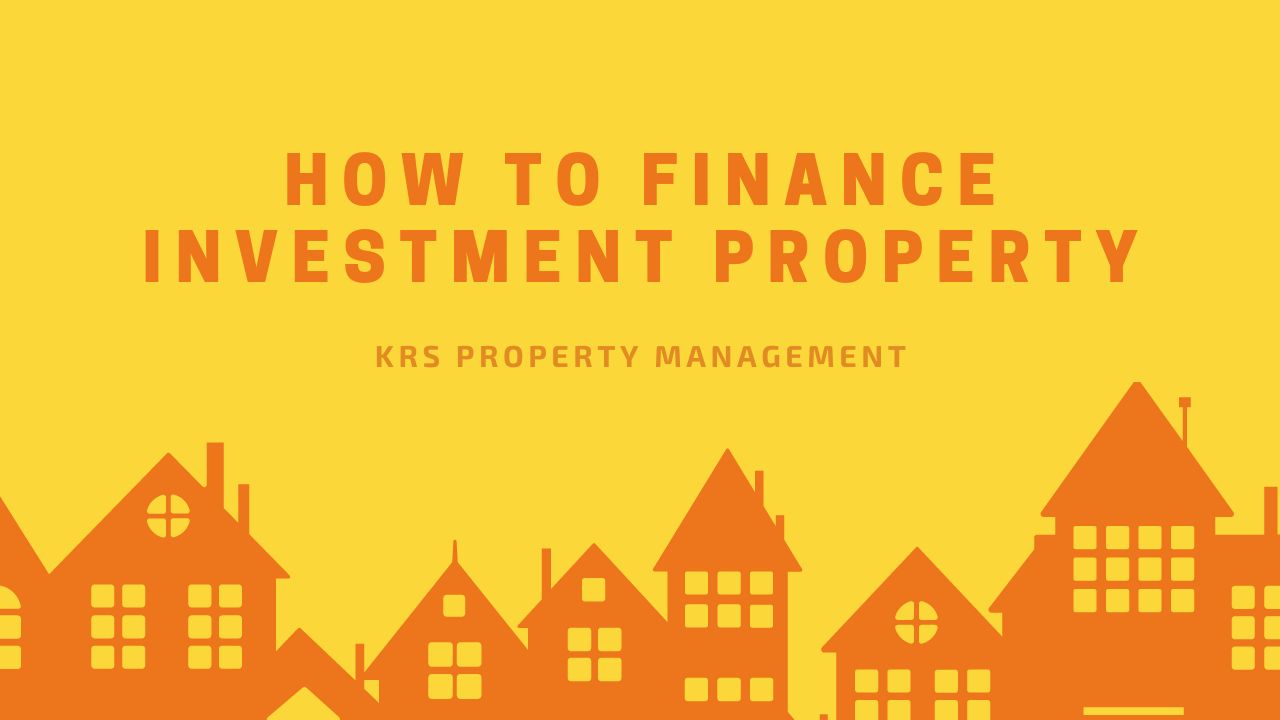
Investing in real estate over stocks can be a lucrative endeavor, but securing the right financing is essential for success. By understanding the various avenues available and following valuable tips, you can make informed decisions that align with your financial goals.
Understanding Investment Property Financing
Before diving into the financing options available to real estate investors, it's crucial to differentiate between traditional home financing and investment property financing.
Traditional home financing is typically a loan that funds the purchase of a property that is intended for your personal use.
Investment property financing is specifically tailored for properties that will be rented out or used for generating income. Factors such as property type and rental income potential influence the financing options available to you.
Assess Your Financial Situation
Before seeking financing, evaluate your personal finances, including your creditworthiness and available funds for down payment and reserves. Determining a realistic budget for an investment property helps you narrow down your financing options. Additionally, calculate potential returns on investment by considering factors such as rental income, property appreciation, and expenses. Finally, look into potential recurring hidden costs.
Financing Options
Here are the most common financing options for investment properties:
1. Conventional Mortgage Loans
Conventional mortgage loans from banks are a popular option for financing investment properties. They typically require a higher down payment, often around 20% or more, but they come with several benefits such as:
- Competitive interest rates
- Longer repayment terms
- Flexible property options

There are also some cons associated with conventional mortgage loans, like:
- Stricter eligibility criteria
- Rigorous documentation requirements
- Potentially higher interest rates compared to owner-occupied homes
2. Government-Backed Loans
As the name implies, these are loans that are partially guaranteed by the government. When making sense of government-backed loans, note that these loans are not issued by the government agencies themselves, rather they’re issued by lenders who are approved by the government.
The benefit of government-backed loans is that since they are guaranteed by the government, the application process is relatively easier and requirements are less rigid compared to conventional loans. Keep in mind that some government-backed loans may not be available for investment properties.
The following are a few examples of government-backed loans:
- FHA Loans - Backed by the Federal Housing Administration, FHA loans offer lower down payment options, more flexible credit requirements, reasonable interest rates, and streamlined refinancing options. They can, however, come with mortgage insurance premiums (MIP) and certain property restrictions
- VA Loans - Available for eligible veterans and active-duty military personnel, VA loans offer excellent benefits such as no down payment, competitive interest rates, relaxed credit requirements, and no mortgage insurance. You also need to consider their specific eligibility criteria and funding fees before moving forward with this option.

- USDA Loans - The United States Department of Agriculture (USDA) provides loans for rural properties with favorable terms, including low or no down payment options. Benefits of USDA loans include competitive interest rates and low mortgage insurance. But you’ll also have to contend with property location limitations and income restrictions.
3. Private Lenders and Hard Money Loans
Private lenders and hard money loans can be viable options for investors with lower credit or unique investment scenarios. Private lenders, such as private equity firms, offer flexible terms and faster approval processes. However, some drawbacks include potentially higher interest rates and fees and repayment terms may be shorter.
4. Seller Financing
Seller financing occurs when the property seller acts as the lender, allowing the buyer to make payments directly to them. This allows for the potential negotiation of favorable terms, minimal paperwork, and more flexibility in terms of creditworthiness. However, there’s also the chance of limited availability, potentially higher interest rates, and partial ownership until the loan is fully repaid.
Tips for Building a Strong Loan Application
To increase your chances of obtaining financing, focus on the following:
- Gather necessary documentation, including tax returns, bank statements, and proof of income and assets.
- Improve your creditworthiness by paying bills on time, reducing debt, and correcting any errors on your credit report.
- Develop a comprehensive business plan that highlights the investment property's potential income, expenses, and repayment strategy.
- Engage with lenders who specialize in investment property financing to explore different loan options.

Other Financing Strategies
In addition to the traditional financing options mentioned above, consider creative strategies to finance your investment property, such as:
- Home Equity Loan or Line of Credit (HELOC) - If you have equity in your primary residence, you can leverage it by obtaining a HELOC, allowing you to access funds for the down payment or other property-related expenses.
- Partnerships and Joint Ventures - Collaborating with other investors or forming partnerships can help pool resources and share the financial burden of acquiring and managing investment properties.
- Crowdfunding and Real Estate Investment Trusts (REITs) - Participating in real estate crowdfunding platforms or investing in REITs allows you to diversify your investment portfolio and access real estate opportunities with smaller capital requirements.
Mitigating Risks and Protecting Your Investment
To safeguard your investment, consider the following:
- Conduct thorough inspections, title searches, and market analysis.
- Assess the potential for rental income and cash flow by analyzing key factors that drive the market and considering expenses.
- Set up contingency plans for unforeseen circumstances, such as vacancy periods or unexpected repairs.
- Obtain appropriate insurance coverage, including landlord insurance, to protect against property damage, liability claims, and loss of rental income.
Maximizing Returns and Long-Term Financial Success
To maximize returns and ensure long-term financial success:
- Develop a sound investment strategy that aligns with your goals and risk tolerance.
- Hire a reliable property manager to implement effective management practices.
- Regularly monitor and adjust your investment strategy based on market conditions, rental performance, and financial goals.
- Utilize tax advantages and deductions specific to investment properties.
Bottom Line
By exploring various financing avenues, and implementing sound investment strategies, you can achieve your real estate investment goals. Remember to conduct thorough research and work with the best property management company to take your investment to new heights. Contact KRS Property Management today to learn about our services!






